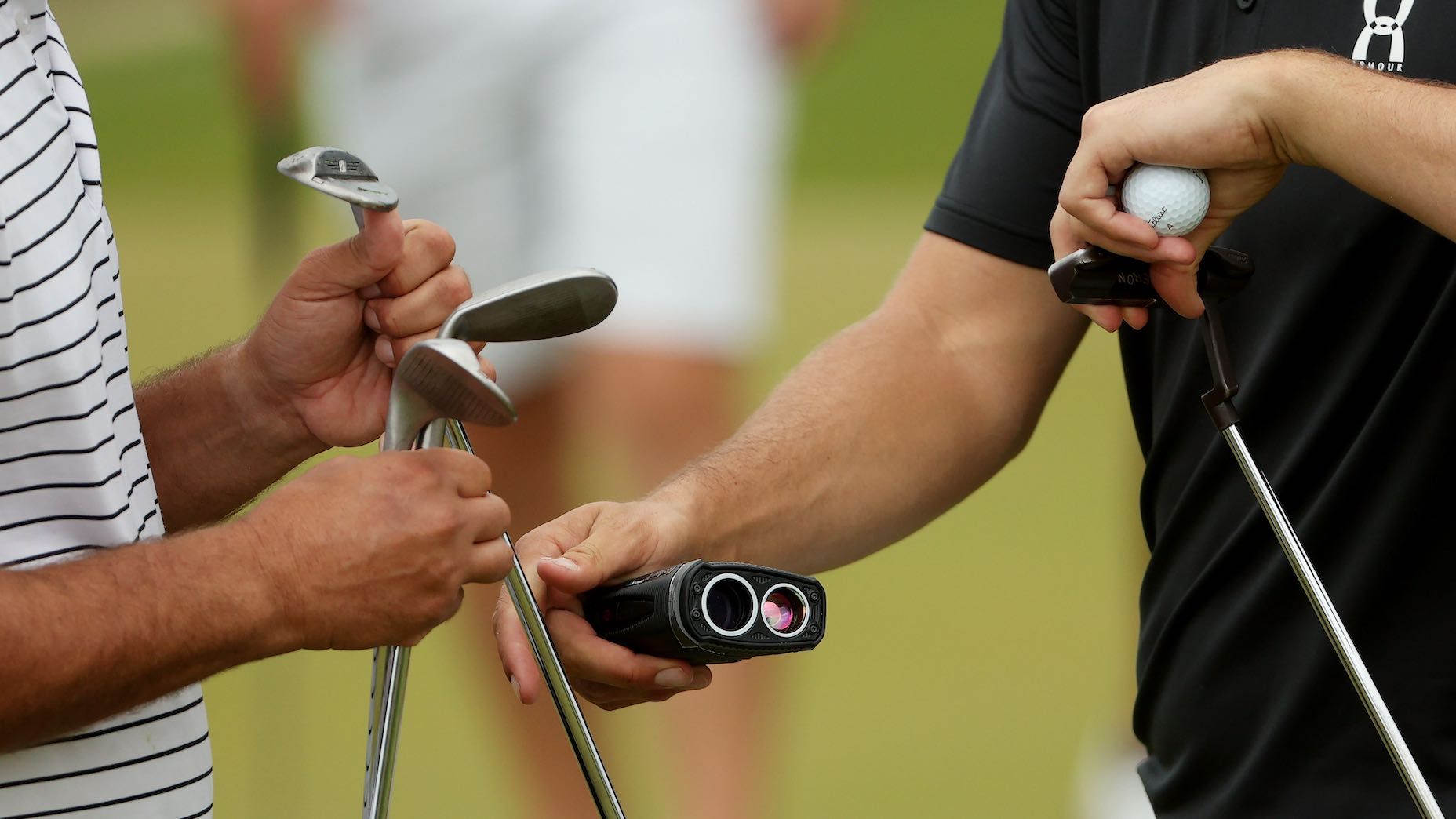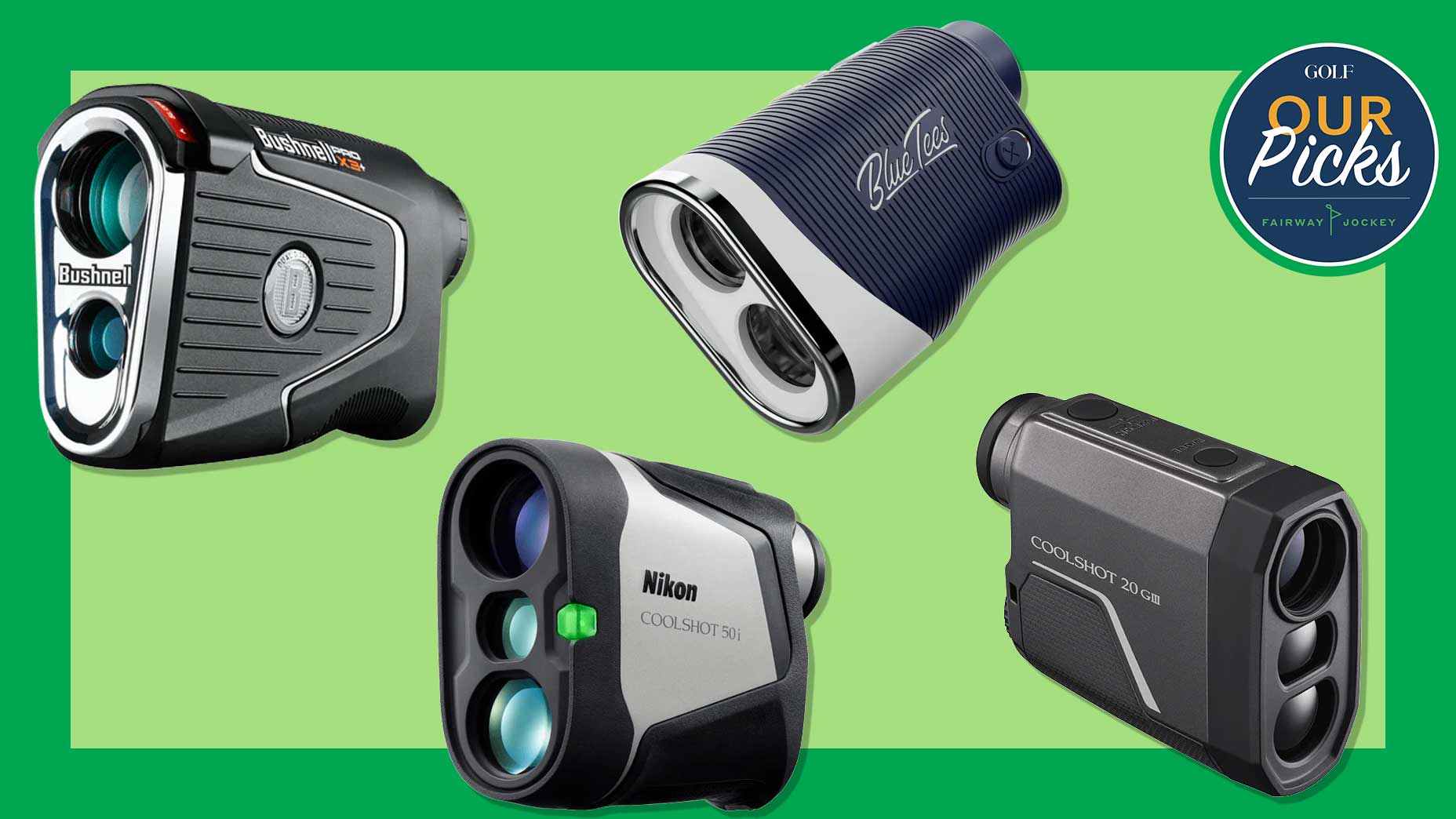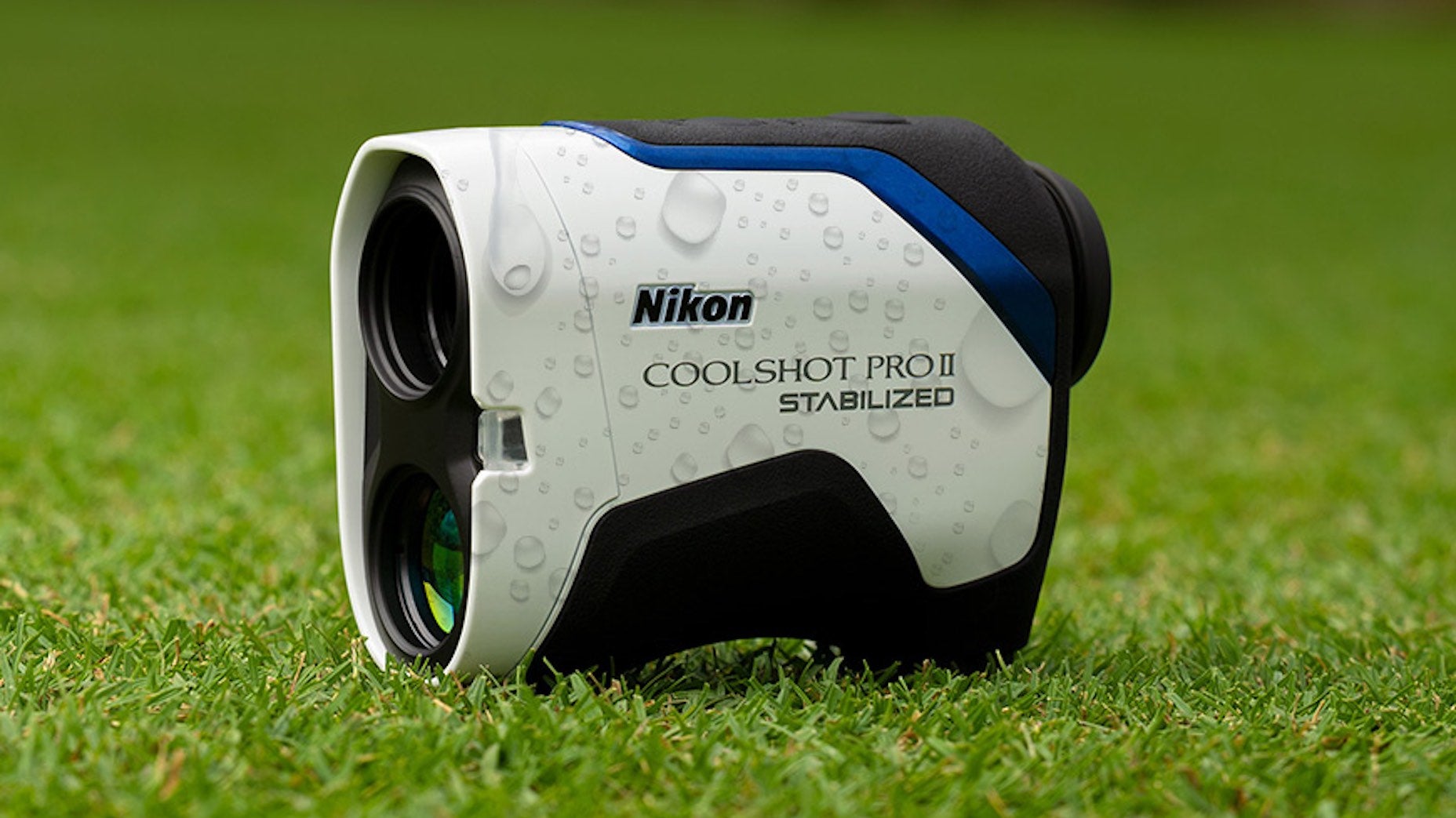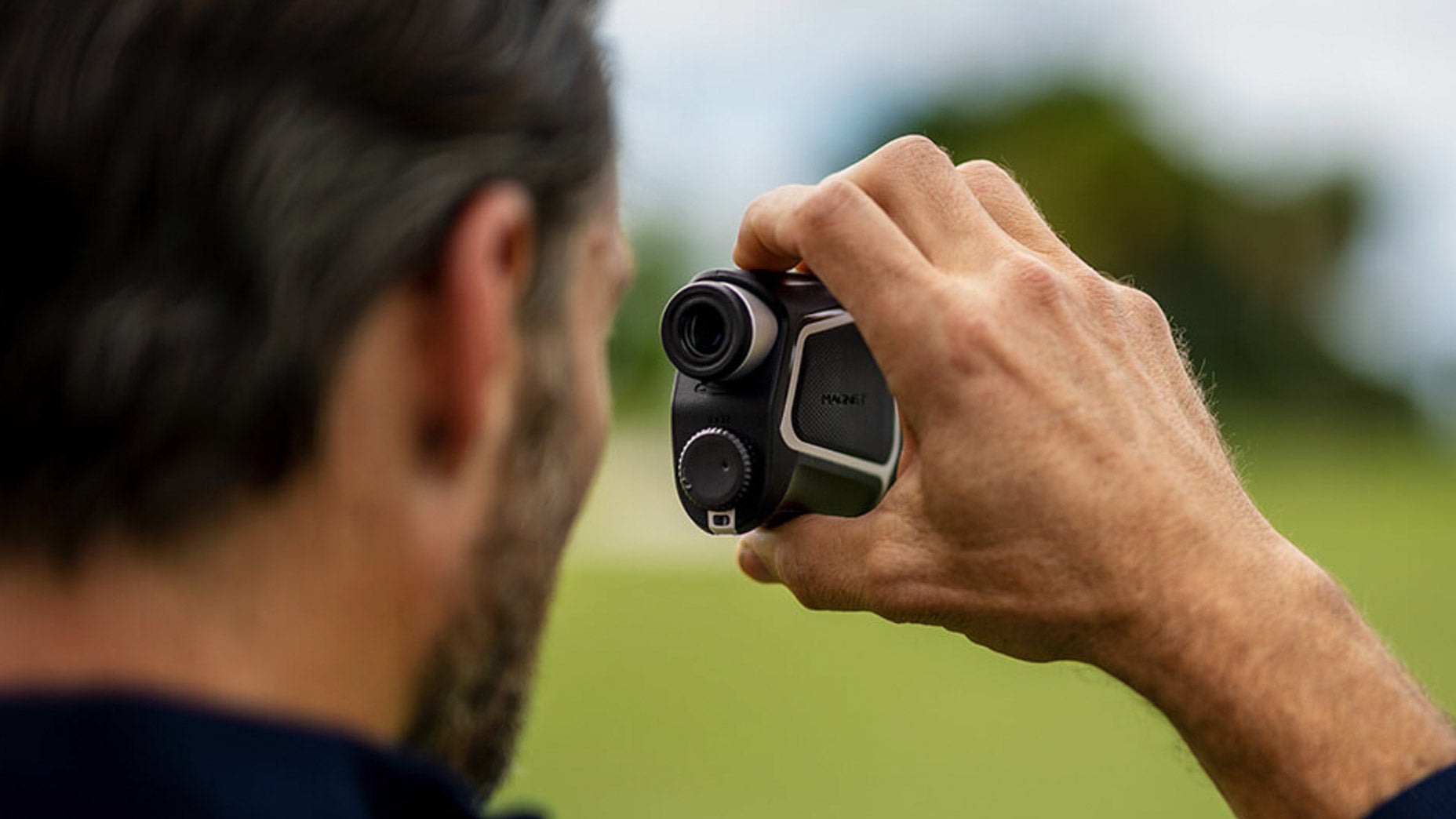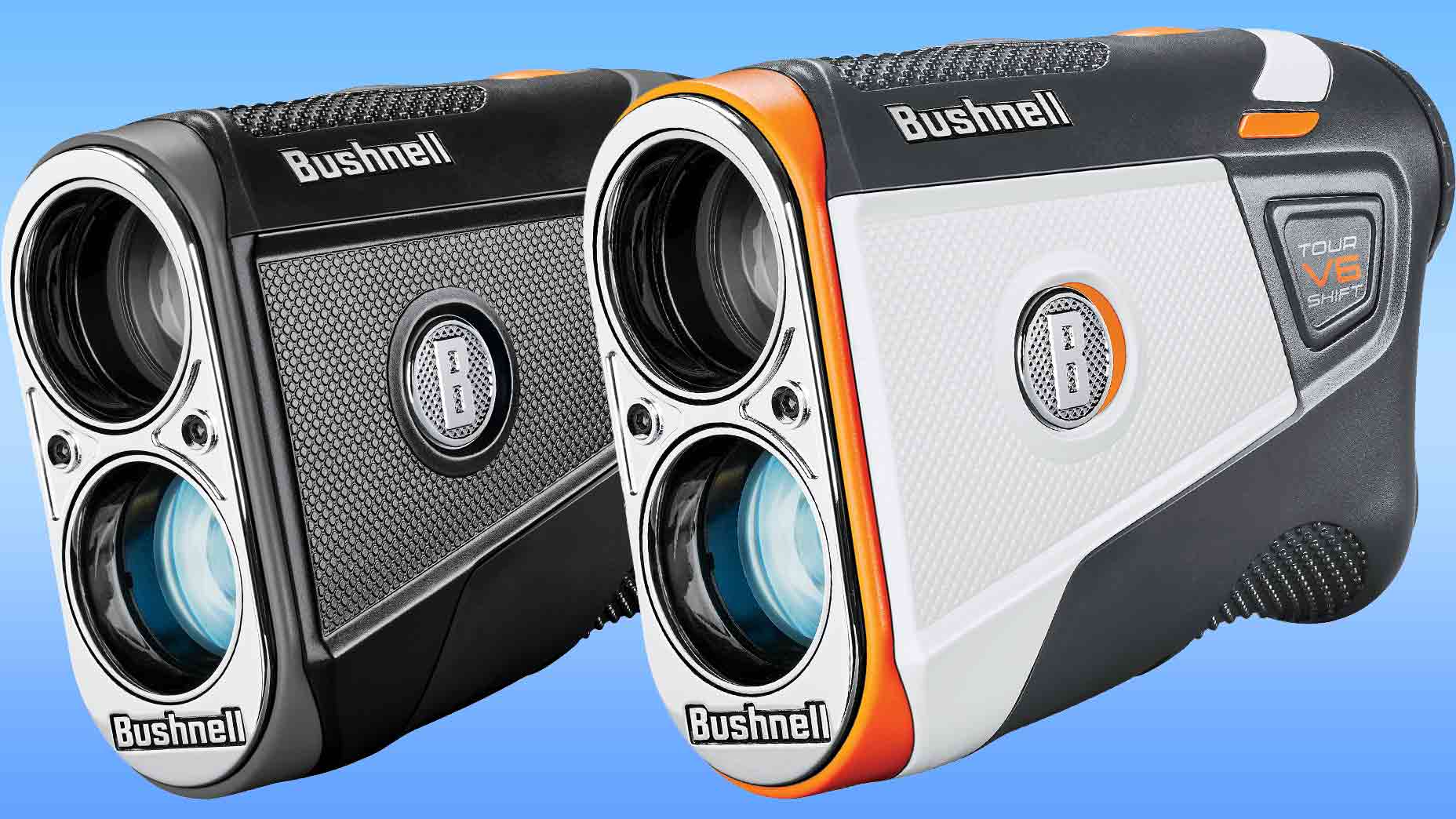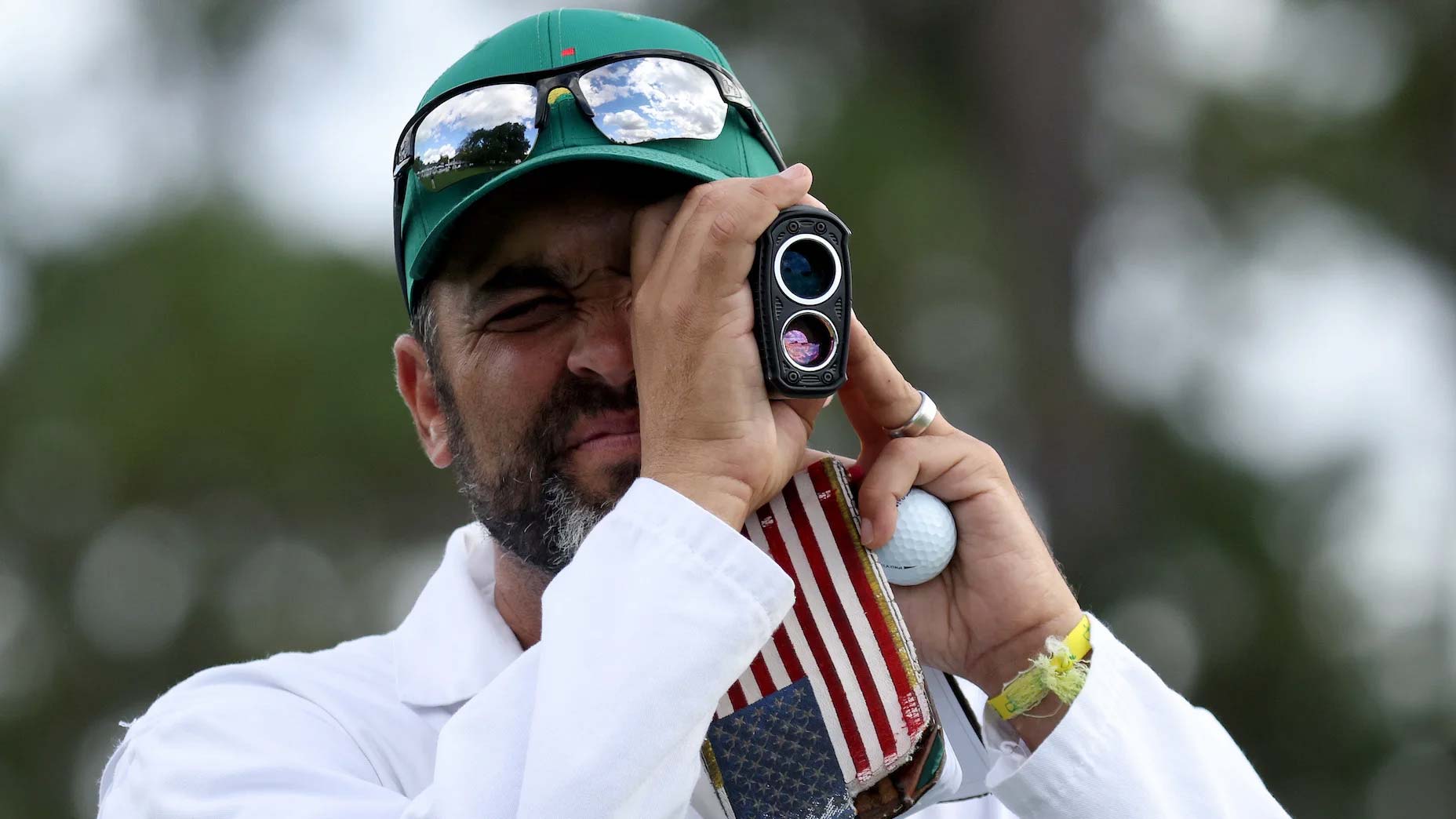Welcome to Fit Factor, a GOLF.com series in which we shine a light on the importance of getting fit, powered by insights, data and other learnings from the experts at our 8AM Golf affiliate company, True Spec Golf.
For most golfers, a distance-measuring device is a necessity. Sure, you can find a sprinkler head and walk off the yardage like an old-school caddie, but if you play golf on a regular basis, it’s almost a guarantee that someone in your foursome has a rangefinder at the ready to call out yardages and keep everyone moving along. Pace of play is important!
With a multitude of options on the market at different price points, shapes and sizes, there’s a device out there for everyone. Maybe you need the top-of-the-line rangefinder with all the bells and whistles. Maybe you’d be better off with a scaled-down point-click-and-shoot unit that gives you just the number to the target. Or maybe you don’t want (or need) a traditional distance-measuring device.
With the PGA Championship allowing distance-measuring devices for the first time, now feels like as good a time as ever to point out three things you should be taking into consideration before making a purchase.
1. What are your needs?
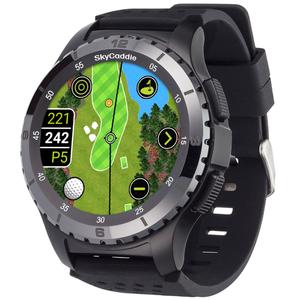
SkyGolf SkyCaddie LX5 Ceramic Bezel
For years, it was easy to pick a rangefinder. There was literally one option in the marketplace — and it was bulky, expensive and hit-or-miss on accuracy. We’ve come a long way since those early days. Today, devices come in all shapes, sizes and platforms.
If you’re a traditionalist, something like Precision Pro’s NX9 or Bushnell’s Tour V5 Shift should fit the bill. Many of these devices are on the compact side, waterproof and feature a “Slope” function that takes into account elevation when calculating the actual yardage. And by the way, most only take a few minutes to figure out.
There’s a reason why PGA Tour caddies use these devices to plot out the course each week.
For the tech golfer who doesn’t mind spending more time on the setup, there are apps that turn your phone into a glorified GPS device, watches that play tunes and give you the number to the intended target, and compact units that clip to your belt. And don’t forget about the Arccos grips that track every shot.
You should never feel forced to make a decision with so many options. If you don’t like wearing a watch on the course, trying something that clips to your belt or an app for your phone. Or go with a traditional point-and-click unit.
More than anything, narrow down your wants and needs before you start the search. Having a plan will reduce the amount of time (and money) you spend looking for a device.
2. Battery life

Bushnell Tour V5 Patriot Pack Laser
This is a biggie that some golfers don’t consider before making the purchase. If you’re buying a traditional unit, you don’t need to sweat battery life nearly as much as some of the others we’ll discuss. Replacement batteries are fairly inexpensive, which means you can tote around a backup in your golf bag if you want to be prepared before the unit loses juice.
Most apps, while incredibly helpful and on the cheaper side, have a tendency to drain the battery on your phone. If you’re also checking email, social media and responding to texts to kill time during a slow round, that could leave your battery life in a precarious position. Having a spare “juice pack” on hand can keep your phone from dying in the middle of the round, but not everyone wants to deal with battery life issues.
Some GPS watches have similar issues, but with many now touting everyday functionality — as opposed to being a glorified GPS unit on your wrist — it’s far easier to charge it up before your round and not have to worry about the watch going out for several rounds.
Bottom line, you need to be mindful of the juice you’re getting from each device. While one might be cheaper than the other, having to constantly charge it up could get old really fast. Just take it into consideration during the buying process.
3. Do you need Slope?
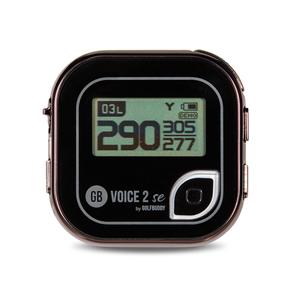
Golf Buddy Voice 2 SE
This is a question you’ve probably never considered — but you should. If you’re, say, based in Colorado or an area of the country where you deal with significant elevation changes on the course, having a unit with a “Slope” function makes it easier to calculate your exact number to the hole. Some rangefinders even go an extra step and take into account temperature and barometric pressure to give you an even more precise number.
Rangefinders with Slope usually cost more, which might turn you off to the idea of paying up for the unit with the additional tech. That being said, it might be worth the extra coin in the long run based simply on where you live. Better players will also appreciate the extreme accuracy of these units.
If you’re a beginner or play at a course that’s fairly flat, maybe consider the less expensive unit without the Slope function until your game improves. You can use the spare cash to pick up an extra dozen balls.
Looking for the perfect clubs for your game? Head over to True Spec Golf to book a custom fitting. And for more gear news and information, check out our latest Fully Equipped podcast in the Spotify embed below.
